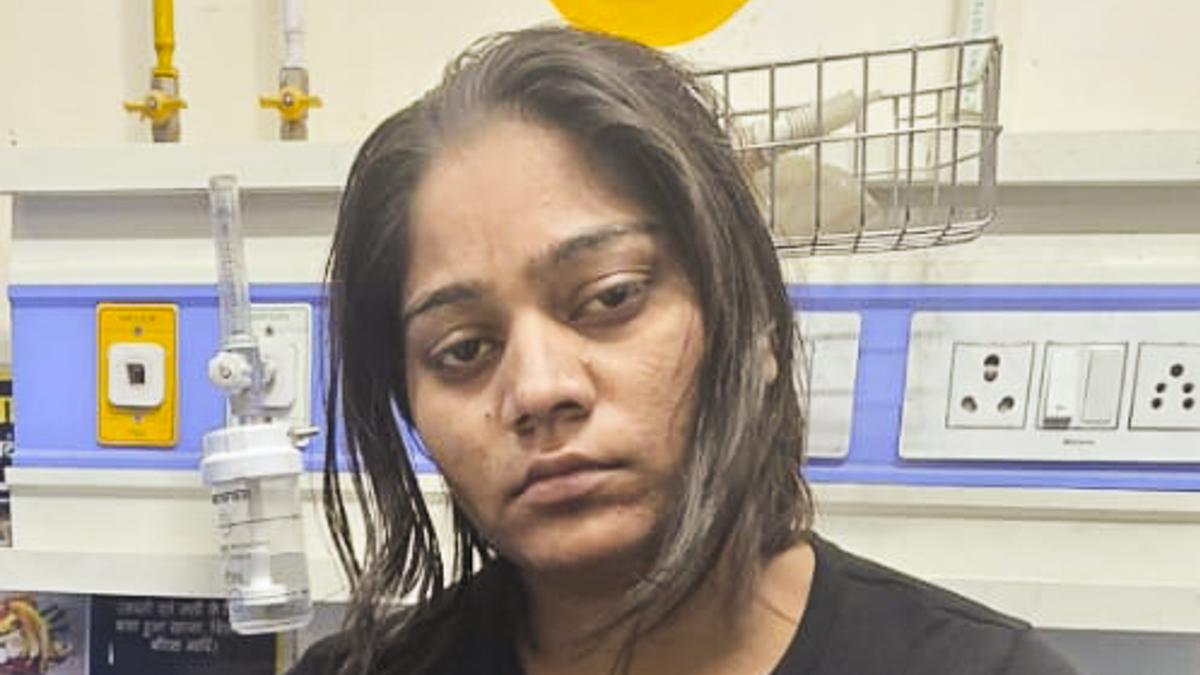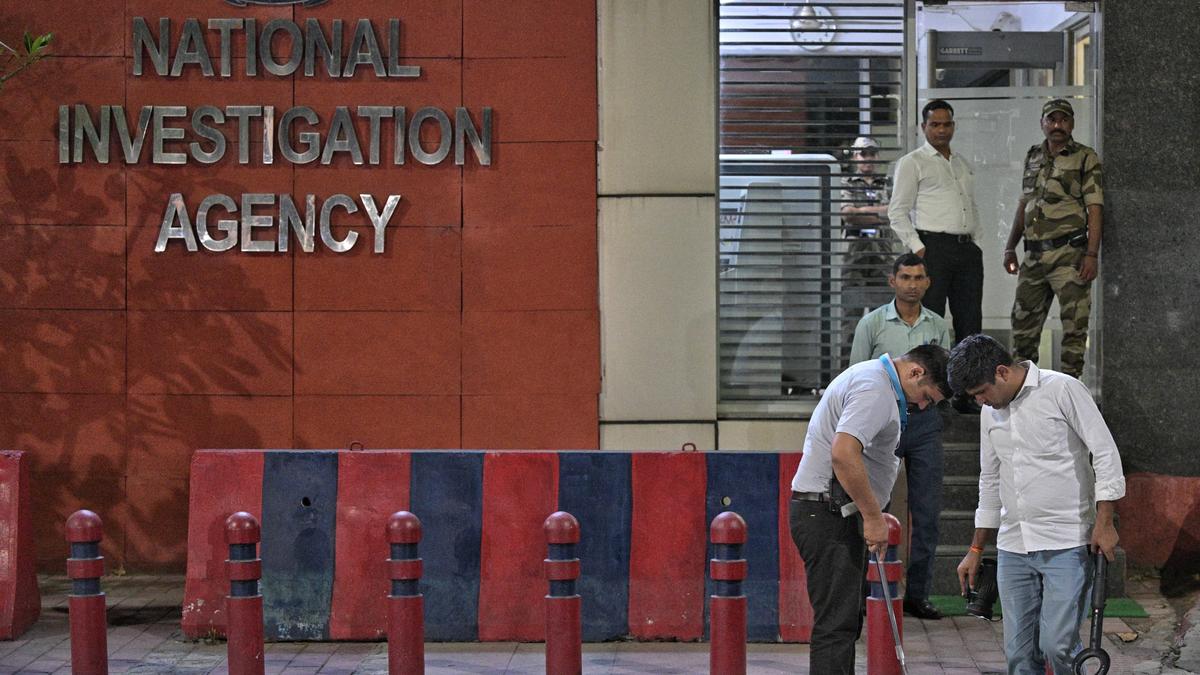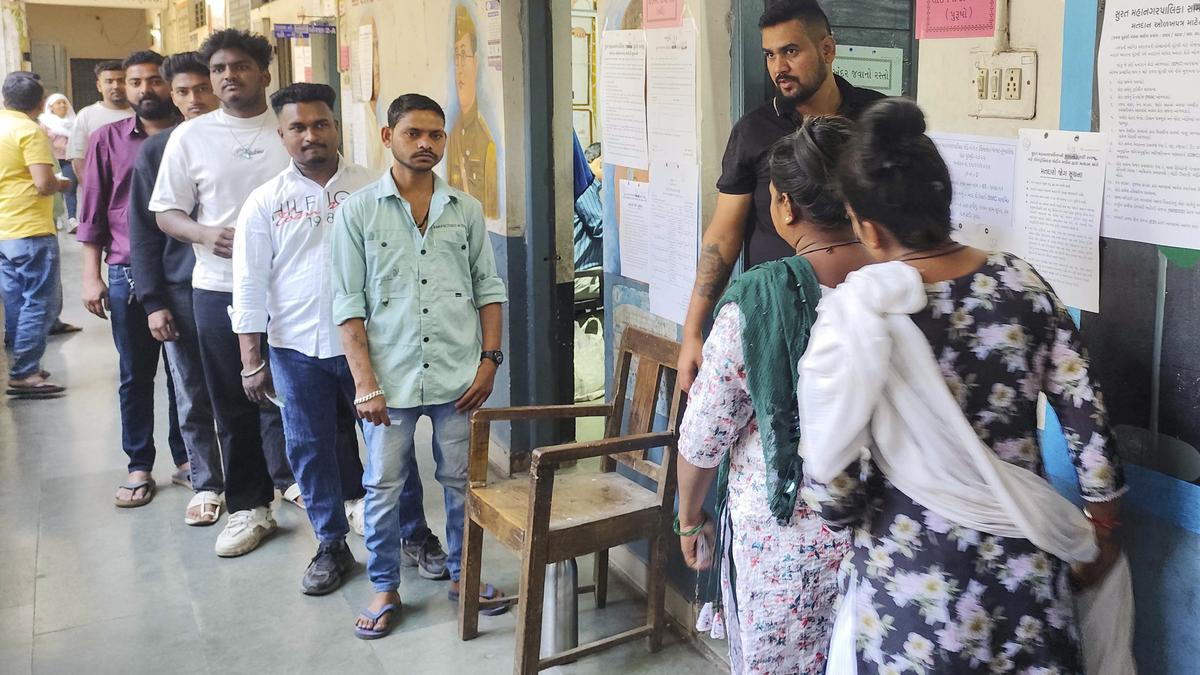ARTICLE AD BOX
The Election Commission (EC) has revised its guidelines on preserving video footage and photographs of elections — reducing the retention period to 45 days after the declaration of results, after which the data can be destroyed if no election petition is filed.
The poll watchdog communicated its decision to all Chief Electoral Officers (CEOs) in the states on May 30, citing “recent misuse” of such material. The Commission underlined that videography and photography of the election process are not mandated by law but are used as an “internal management tool”.
“… recent misuse of this content by non-contestants for spreading misinformation and malicious narratives on social media by selective and out-of-context use of such content, which will not lead to any legal outcome, has prompted a review,” the EC wrote in its fresh instructions to all CEOs.
This marks a departure from the earlier instructions issued on September 6, 2024, which had laid out specific timelines — ranging from three months to a year — for storing video footage from different stages of the election process.
Under the earlier guidelines, footage from the pre-nomination period was to be retained for three months, while recordings from the nomination stage, campaign period, polling (inside and outside polling stations), and counting were to be preserved for periods varying between six months and one year, depending on the phase.
According to EC sources, the new instructions align the time for storing the footage with the 45-day window for filing election petitions. The instructions would be prospective, they said. In case an election petition is filed, the footage would be stored till the completion of the case.
The EC spokesperson did not respond to The Indian Express’s email seeking comment on the latest decision.
Story continues below this ad
The election process — from the checking of Electronic Voting Machines (EVMs) to their storage and movement on polling and counting days, and up to the counting of results — is covered by video and photography. The polling process inside stations is monitored through live webcasting. Campaign activities, too, are recorded to track candidates’ expenditure and monitor possible violations of the Model Code of Conduct.
This is the second significant change made by the EC in recent months pertaining to CCTV footage of the election process. In December last year, the government amended Rule 93(2)(a) of the Conduct of Elections Rules to limit public access to such footage.
Earlier, Rule 93(2)(a) of the Conduct of Election Rules, 1961, stated that “all other papers relating to the election shall be open to public inspection”.
The amended version of the rule now states: “All other papers as specified in these rules relating to the election shall be open to public inspection.” This amendment, sources in the EC had told The Indian Express, would effectively clarify that electronic footage of the polling process is not covered within the definition of election papers and hence not open to public scrutiny.
Story continues below this ad
The argument was that providing CCTV footage would amount to violation of secrecy of vote and open it up to potential misuse using artificial intelligence.
The December 2024 amendment was made by the Law Ministry in consultation with the EC just two weeks after the Punjab and Haryana High Court, acting on a petition filed by advocate Mehmood Pracha, directed the Commission to release election papers and videography related to the Haryana Assembly elections.
Speaking to The Indian Express on the latest set of instructions on preservation of CCTV footage of the election process, Pracha said: “The EC has itself admitted that EVMs are made safe by following a robust protocol that makes the elections free and fair. They have said so in my case in the High Court and in the Association for Democratic Reforms case in the Supreme Court. All we are saying is that we want to see whether the protocols are being followed, with our own eyes, by looking at the CCTV footage.”



.png)
.png)
.png)

























 English (US) ·
English (US) ·